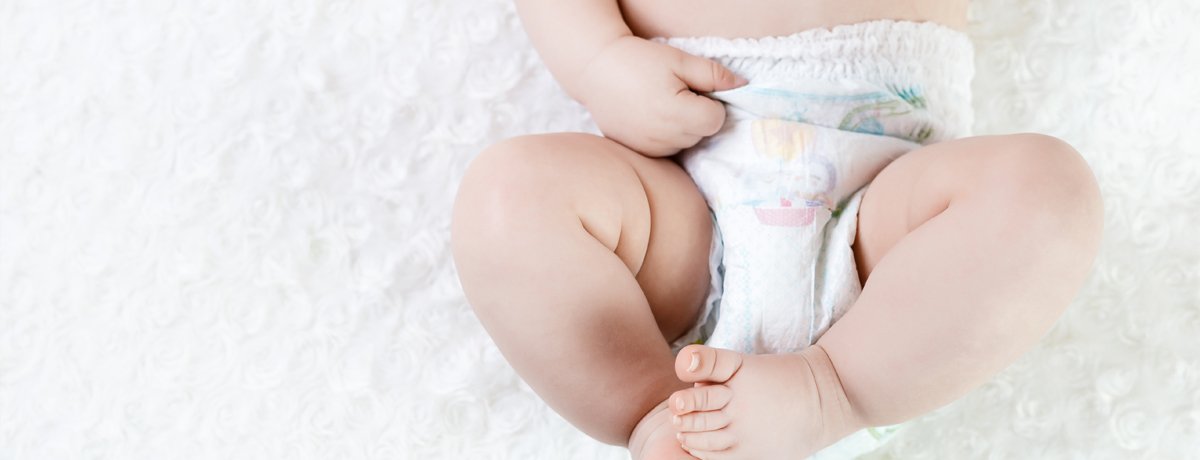
Things to consider while choosing Hygiene NW Fabric
When choosing nonwoven fabric for hygiene applications, there are several factors to consider to ensure it meets the specific requirements and demands of hygiene applications. Here are some key considerations:
- Softness and Comfort:Hygiene nonwoven fabric is mostly used in products that come into direct contact with the skin, such as baby diapers, femcare hygiene products, adult incontinence products and wipes. Consider the fabric’s softness and comfort to ensure a pleasant user experience.
- Absorbency:Assess the fabric’s absorbency properties, which are essential for products like diapers and sanitary pads. The fabric should be able to quickly absorb and retain fluids to keep the skin dry and prevent leakage.
- Moisture Management:Hygiene nonwoven fabric should effectively manage moisture to maintain a dry and comfortable environment. It should wick away moisture from the skin and distribute it within the fabric, promoting breathability and preventing discomfort or skin irritation.
- Breathability:Evaluate the fabric’s breathability to allow air circulation and prevent excessive heat buildup. Breathable fabrics help maintain a comfortable and dry environment, reducing the risk of skin irritation and promoting overall hygiene.
- Barrier Properties:Depending on the application, consider the fabric’s barrier properties to prevent the migration of fluids or odours. Fabrics with barrier properties help contain liquids and reduce the risk of leakage, ensuring user confidence and maintaining hygiene.
- Skin-Friendly and Hypoallergenic:Hygiene nonwoven fabric should be gentle on the skin and hypoallergenic to minimize the risk of allergic reactions or skin sensitivities. Look for fabrics that are dermatologically tested and free from harmful chemicals or irritants.
- Wet and Dry Strength:Evaluate the fabric’s strength, both when wet and dry, to ensure it can withstand the demands of various hygiene applications. The fabric should maintain its integrity, resist tearing, and prevent deformation during use.
- Odour Control: For certain hygiene products, such as diapers or adult incontinence products, odour control is essential. Consider fabrics that have odour-trapping properties or incorporate odor-neutralizing additives to provide a fresh and comfortable experience.
- Regulatory Compliance:Ensure that the hygiene nonwoven fabric meets relevant regulatory standards, such as those related to safety, performance, and chemical restrictions. Ask for lab tested results to check if the fabric matches industry standards.
- Supplier Reputation and Support:Choose a reputable supplier or manufacturer with experience in hygiene nonwoven roll goods. Consider their technical support, customer service, and ability to provide customized solutions if needed.
By considering these factors, you can make an informed decision when selecting hygiene nonwoven fabric that meets the specific needs of your application while ensuring comfort, performance, and hygiene for the end-users.


Leave a Reply